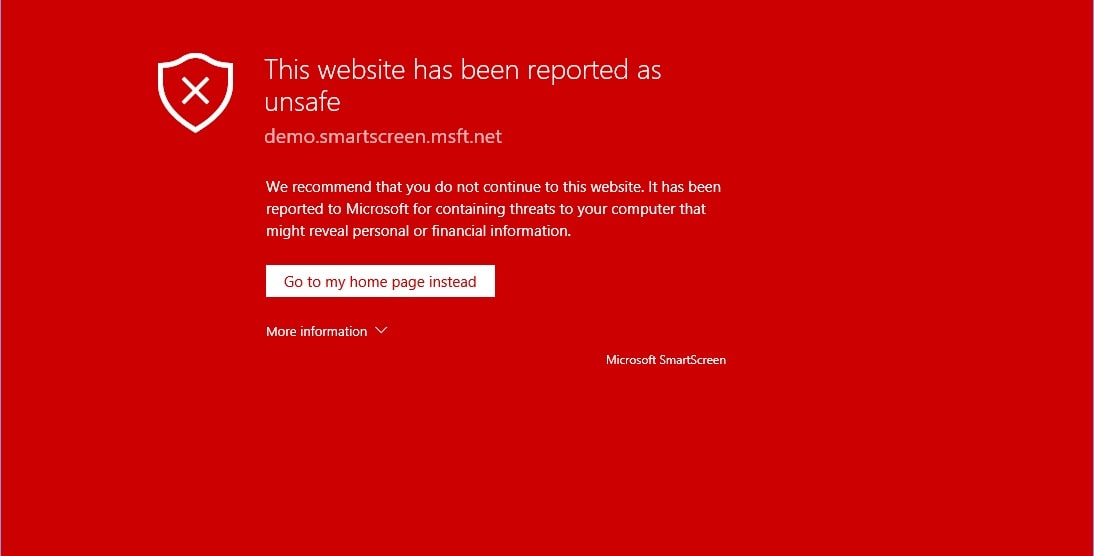As cybercrime grows and evolves, the malware remains a constant weapon in hackers’ arsenal. Malware, short for malicious software, is created with the intent to harm a website or computer. Website malware can be used to steal sensitive customer information, hold websites for ransom, or even take control of the website itself. In many cases, malware victims may not realize they’ve been attacked until it’s too late.
More than a million new malware threats are released every day. To keep your website secure, it’s critical to take matters into your own hands and be proactive about website security issues. There are two main ways to do this; the first is learning how to manually check for signs of malware.
The second, and most effective, way to protect yourself against malware is to use a free website malware scanner that detects malicious content and removes it automatically. Follow these steps to check your site for malware, starting with recognizing common malware symptoms.
Common Signs of Malware
The signs of malware may not be immediately apparent to you or your visitors. For example, many website owners may assume that website defacement, an attack that changes the visual appearance of a website or web page is the only way to know that their website has malware. In fact, what makes malware so effective is its ability to hide.
If your site hasn’t been defaced, you may still have malware if:
Your account login information has been changed without your consent
Your website files were modified or deleted without your knowledge
Your website freezes or crashes
You have experienced a noticeable change in your search engines results, such as a blacklisted status or harmful content warnings.
Have you experienced a quick drop or spike in traffic?
If any of these common signs appear, you can take the following steps to confirm your suspicions.
URL scanning for malware detection
If you suspect your site has malware, a good online tool to help identify it is a URL scanner. Sitelock offers to scan any URL for free. Enter the domain name of your website (for example, mywebsite.com) and SiteLock will perform a free external malware scan of your website.
Reviewing your website verifies that it is up to date and secure. If your site is flagged for malware and you want to find the source of the infection, start by examining the code on your site. You will then be able to remove the malware from the clean code.
Website monitoring for changes
A best practice for all website owners is to keep frequent backups of your website. You can easily do this with a tool that creates backups automatically. This offers a number of benefits, including having a clean copy to restore your website in the event of a cyber attack. Additionally, knowing what clean, normal code looks like on your site can also help you identify potential signs of malware.
But what if the worst happens and you don’t have a clean backup available? If you’re familiar enough with your website code or content management system (CMS) to check it for suspicious content, you can check your database, files, and source code for signs of malware.
If the code is not your second language, don’t worry – see the next section for more information on automated malware analysis.
If you’re comfortable browsing your site, here’s how to check your database, source code, and files for malware.
How to search for malware in the database
To check your databases for malicious code, you’ll need to access a database management tool offered by your host, such as phpMyAdmin. Once you have access to the tool, learn how to scan your site for malware with SiteLock.
How to check your source code for malicious code
There are two types of attributes you should check if you’re looking for malware in your source code: script attributes and iframe attributes. Look for any lines that start with “
It’s important to note that preventive measures against malware are only as good as your ability to keep up with new malware types and trends. A comprehensive scanner should be backed by a comprehensive database that records the latest and most persistent threats, and offers the most up-to-date protection possible.
As cybercrime and malware continue to evolve, being proactive about your website security is your best defense. In addition, search engines favor safe websites and browsing, so malware can also jeopardize search engine optimization (SEO) performance and ranking.
Whether you use practical methods to scan for malware yourself or implement an automated solution by learning the different ways to scan for malware, your website is one step closer to being secure.
